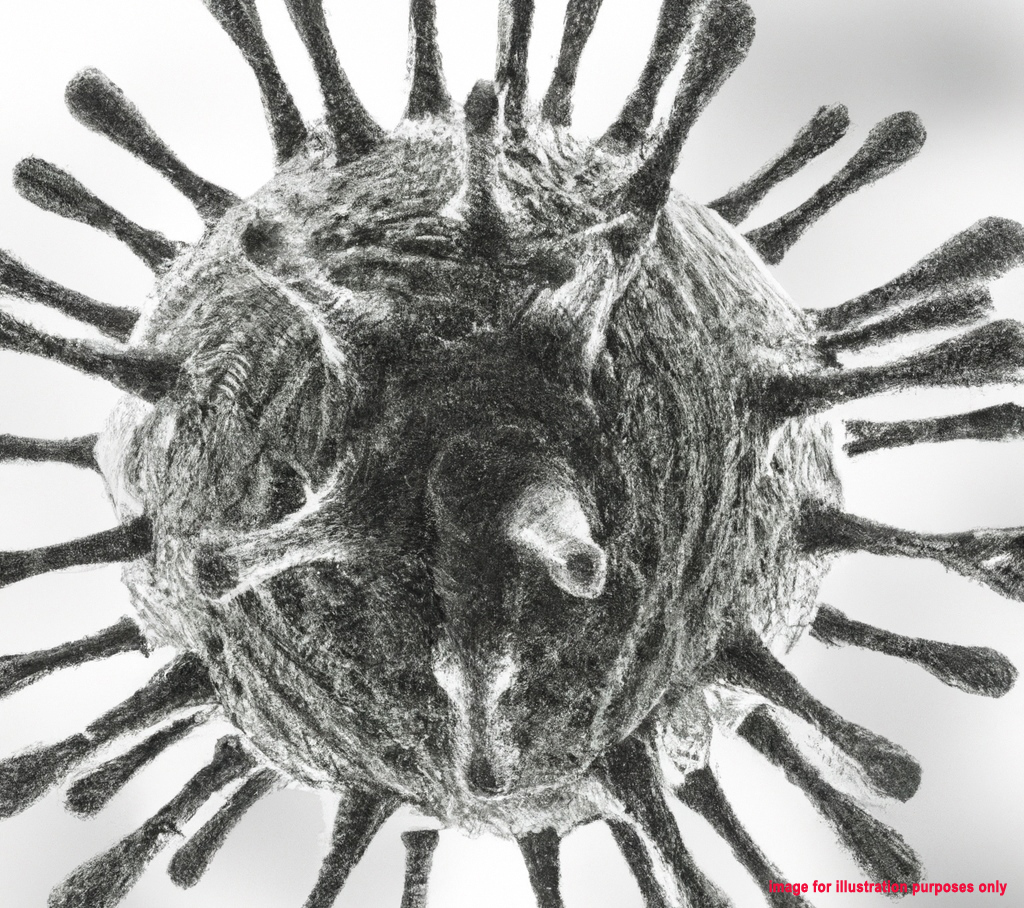Brain Tumor

A primary brain tumor refers to an abnormal cluster of cells originating in
the brain. This piece delves into primary brain tumors among adults.
Origins, Prevalence, and Risk Factors
Primary brain tumors encompass any tumor originating within the brain. They
may arise from brain cells, the brain's surrounding membranes (meninges),
nerves, or glands. Tumors can either directly damage brain cells or induce
inflammation, exerting pressure on adjacent brain areas and elevating
pressure within the skull. The precise cause of primary brain tumors remains
elusive, although various potential risk factors are identified.
Notably, radiation therapy to the brain, employed in treating brain cancers,
elevates the risk of brain tumors even up to 20 or 30 years post-treatment.
Conversely, factors such as workplace radiation exposure, contact with power
lines, head trauma, smoking, and hormone replacement therapy lack conclusive
evidence as risk factors. The debate surrounding the risk associated with
cell phone usage persists; however, recent studies predominantly suggest
that cell phones, cordless phones, and wireless devices do not heighten the
risk. Certain hereditary conditions elevate susceptibility to brain tumors,
including neurofibromatosis, Von Hippel-Lindau syndrome, Li-Fraumeni
syndrome, and Turcot syndrome. Additionally, lymphomas originating within
the brain, particularly in individuals with compromised immune systems, are
occasionally linked to the Epstein-Barr virus.
Distinct Tumor Types
Classification of brain tumors hinges on their location, tissue type
involved, and whether they are benign or malignant. Notably, tumors
initially deemed less aggressive can progress to a more malignant state.
Tumor incidence varies across age groups, with gliomas and meningiomas
predominating among adults. Gliomas emanate from glial cells such as
astrocytes, oligodendrocytes, and ependymal cells, categorized into three
types: Astrocytic tumors encompass astrocytomas (potentially noncancerous),
anaplastic astrocytomas, and glioblastomas. Oligodendroglial tumors may
comprise a blend of astrocytic and oligodendrocytic elements, termed mixed
gliomas. Glioblastomas represent the most aggressive form of primary brain
tumors.
Meningiomas and schwannomas constitute other prevalent types, frequently
occurring between ages 40 and 70. While generally noncancerous, these tumors
may engender severe complications or mortality due to their size or
location. Meningiomas exhibit a predilection for women, while schwannomas
affect both genders equally. Additional primary brain tumors among adults
are infrequent and encompass ependymomas, craniopharyngiomas, pituitary
tumors, primary central nervous system lymphoma, primary brain lymphoma,
pineal gland tumors, and primary germ cell tumors of the brain.
Symptoms
Some tumors remain asymptomatic until reaching considerable size,
precipitating rapid deterioration in health. Conversely, certain tumors
manifest gradually. Symptomatology hinges on factors including tumor size,
location, extent of spread, and presence of swelling. Predominant symptoms
encompass alterations in mental acuity, headaches, seizures (particularly in
older adults), and unilateral weakness. Headache patterns associated with
brain tumors may exacerbate upon waking in the morning, subside within
hours, manifest during sleep, or coincide with vomiting, confusion, diplopia,
weakness, or paresthesia. Additional manifestations encompass changes in
consciousness, hearing, taste or smell perception, tactile sensation,
coordination, speech, vision, gait, and bowel or bladder control. Pituitary
tumors may elicit unique symptoms such as abnormal nipple discharge,
amenorrhea, gynecomastia, acromegaly, hypertrichosis, facial changes,
hypotension, obesity, or thermoregulatory disturbances.
Diagnostic Procedures
Most brain tumors induce intracranial pressure and compress brain parenchyma
due to their mass effect. Diagnostic modalities include:
- CT scan of the head
- EEG
- Histopathological examination of tumor tissue obtained during surgery or
CT-guided biopsy
- Cerebrospinal fluid analysis
- MRI of the head
Treatment
Treatment strategies encompass surgical excision, radiation therapy, and
chemotherapy, typically overseen by a multidisciplinary team comprising
neuro-oncologists, neurosurgeons, oncologists, and radiation oncologists.
Early intervention enhances prognostic outcomes, with treatment objectives
encompassing tumor eradication, symptom alleviation, and enhancement of
brain function or comfort.
Surgery represents a cornerstone in managing most primary brain tumors,
aiming for complete resection or debulking in deeply situated or
infiltrative lesions. Radiation therapy may be indicated for select tumors,
while chemotherapy may be employed adjunctively. Pharmacological adjuncts
encompass corticosteroids for reducing brain edema, anticonvulsants for
seizure control, and analgesics or gastroprotective agents for symptom
management. Supportive measures encompass rehabilitation, psychological
support, and palliative care interventions to optimize quality of life.
undo Common Diseases in Singapore